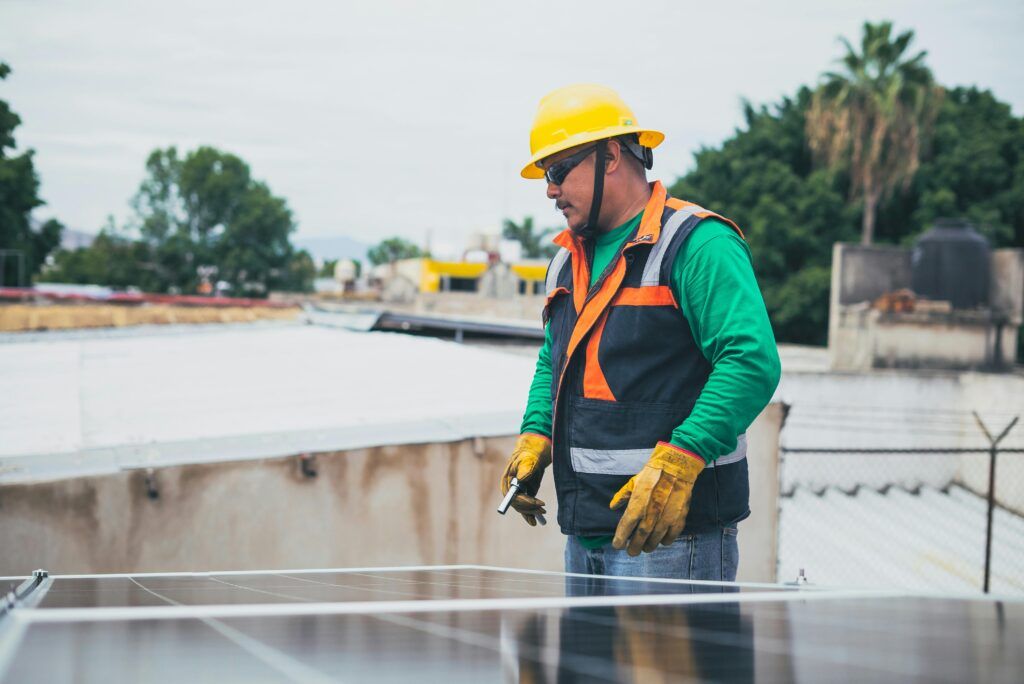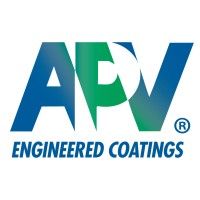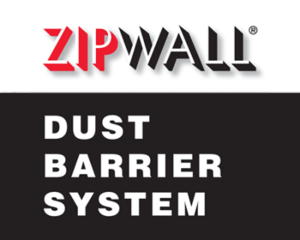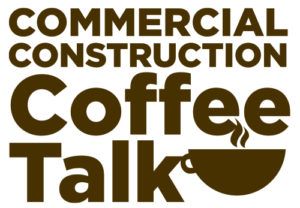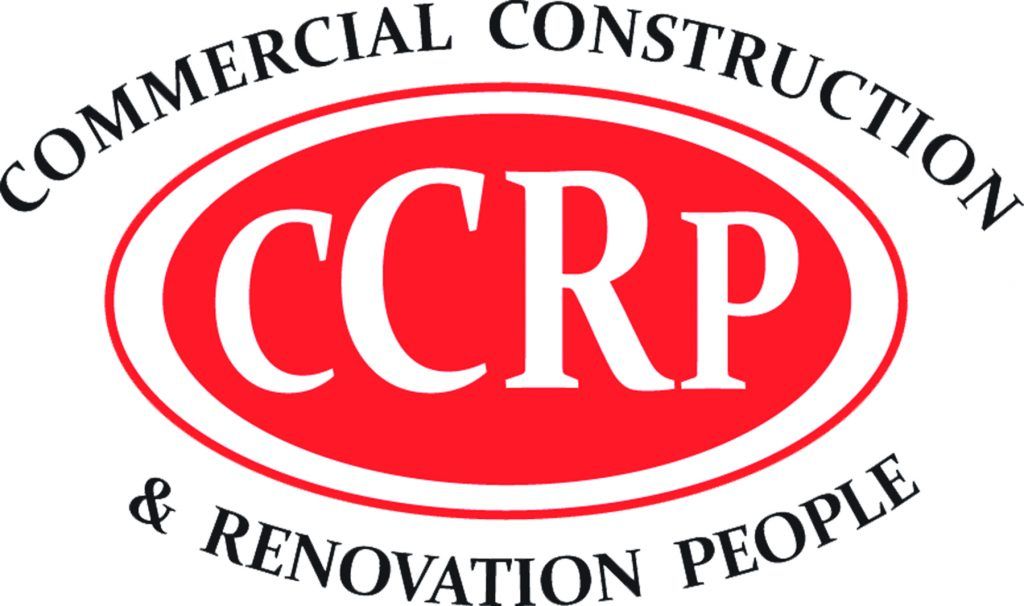Construction work is among the most dangerous jobs in America, with inherent risks in almost every aspect of the job.
According to a Forbes report, construction trade work ranks as the ninth most dangerous job, with a fatal injury rate of 23 per 100,000 full-time workers and a non-fatal injury rate of 2.4 per 100 workers. While falls, slips, and trips accounted for most fatal accidents, construction workers also face significant exposure to ultraviolet (UV) radiation, adding another layer of occupational hazards.
UV exposure can have serious consequences for both skin and eye health, yet it is often overlooked as a workplace risk. In this article, we’ll examine UV-related hazards faced by construction workers and outline essential sun safety gear to mitigate these risks.
UV-related hazards on construction sites
As we discussed in a previous post, skin cancer is one of the most common cancers in the U.S., with an estimated 5 million cases diagnosed annually. UV rays from the sun play a major role in these cases and there are two types of UV rays that reach the earth’s surface.
UVA rays have longer wavelengths that penetrate deep into the skin, damaging elastin fibers. On the other hand, UVB rays are responsible for sunburns, damaging DNA in skin cells. The body’s inflammatory response to repair this damage causes redness and pain.
Having five or more sunburns doubles the risk of melanoma, the deadliest form of skin cancer. Alarmingly, according to Safety and Health Magazine, workers exposed to UV radiation account for nearly one-third of all non-melanoma skin cancer deaths.
Beyond the risks to the skin, UV radiation also poses severe threats to eye health. Prolonged exposure can lead to conditions such as cataracts, pterygium, and macular degeneration. Reflective surfaces commonly found on construction sites, such as metal and concrete, amplify UV exposure, increasing the risk of ocular damage.
Sun safety gear for construction workers
Implementing sun safety measures can significantly reduce the risks of UV exposure. Below are three essential items to include in your sun protection gear.
UV-blocking sunglasses
Shielding the eyes from UV radiation is crucial, but not all sunglasses provide equal protection. The best sunglasses for outdoor work should feature 100% UV filters and polarized lenses to minimize glare and enhance clarity. Construction companies should consider providing workers with high-performance men’s sunglasses like the Oakley Flak Beta. These sunglasses feature wraparound lenses for complete eye coverage and are designed to endure high-mass and high-velocity impacts—perfect for construction sites.
Broad-spectrum sunscreen
Sunburn not only increases the risk of skin cancer but can also make working outdoors painful and difficult. To minimize these risks, the CDC recommends applying broad-spectrum sunscreen with an SPF of at least 15. A higher SPF offers even greater protection, allowing workers to stay in the sun longer without burning. Affordable options such as Neutrogena’s Ultra Sheer Face & Body Mineral Sunscreen SPF 50 provide reliable coverage. Workers should reapply sunscreen every two hours, especially when sweating heavily.
Vented helmets
On hot days, wearing a helmet may seem uncomfortable, but head protection is a non-negotiable safety requirement. Heat stress can cause disorientation, increasing the risk of accidents, so a well-designed helmet is critical. Vented helmets, such as the V-Gard C1 Hard Hat, help keep workers cool while adhering to safety standards. These helmets feature ReflectIR Thermal Barrier technology, which can keep the interior up to 20°F cooler than traditional options.
Construction workers face numerous risks on the job, including the often-overlooked danger of UV radiation. Long-term exposure can lead to severe skin and eye conditions, including skin cancer, cataracts, and macular degeneration. However, by equipping workers with UV-blocking sunglasses, broad-spectrum sunscreen, and vented helmets, companies can significantly reduce these risks.



